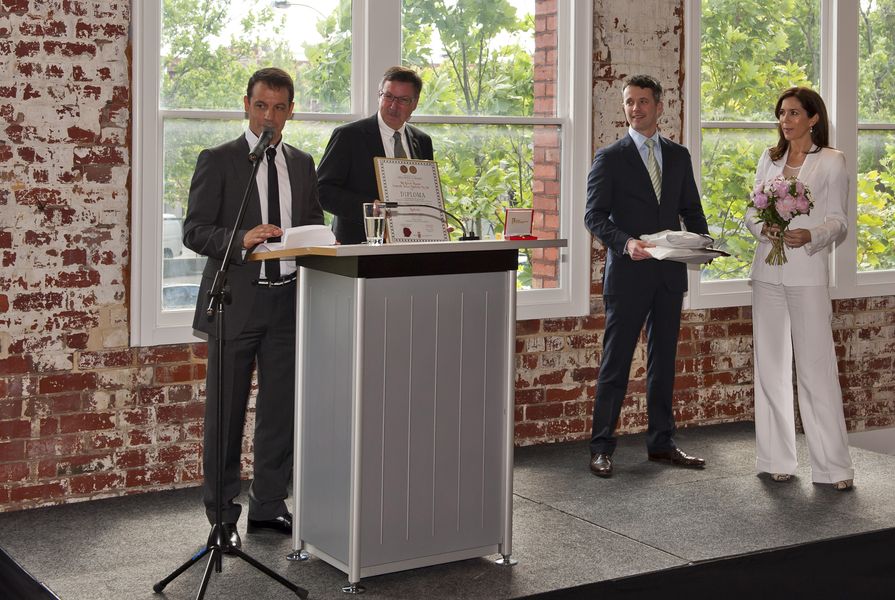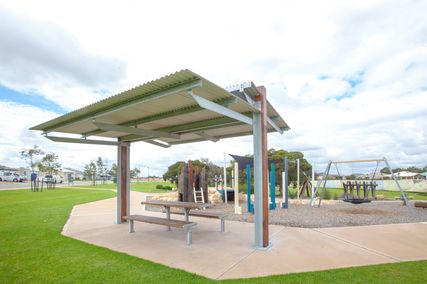To be in the presence of royalty is a rare and exciting experience, but having the honour of being congratulated by their Royal Highnesses the Crown Prince and Crown Princess of Denmark is rarer still.
On 23 November, Corporate Culture’s managing director Richard Munao received the Diploma of the Danish Export Association and His Royal Highness Prince Henrik’s Medal of Honour. Munao, who was nominated for the accolade by Fritz Hansen CEO Jacob Holm, was awarded the medal in recognition of his work in promoting Danish exports. Prince Frederick and Princess Mary of Denmark, who were in Australia to promote Danish eco-friendly technology, both attended the ceremony.
More than 150 VIP guests also attended the awards ceremony, held at Corporate Culture’s Melbourne showroom. The Medal of Honour was presented by the chairman of the Danish Export Association Excellency, the Danish ambassador to Australia Ulrich Ritsing. Ritsing thanked Corporate Culture for representing Danish design through brands such as Fritz Hansen, Carl Hansen, HAY, Stelton, Louis Poulsen and PP Mobler and Mater.
Prince Frederick and Princess Mary enjoyed the ceremony from two of Fritz Hansen’s iconic Egg chairs. Munao’s children presented the royal couple with a gift of thanks.

The Egg chair, designed by Arne Jacobsen in 1958, available in Australia from Corporate Culture.
Jacob Holm was also present at the event. We were able to get some time to speak with him about the brand known for the Egg chair, as well as the Swan and Series 7 chairs, all designed in Denmark by Arne Jacobsen in the 1950s. While these are now highly sought-after design classics, they weren’t created with this in mind. “Remember that when [these chairs] were developed, either with Arne Jacobsen or later with Paul Kjaerholm, they weren’t design pieces, they were just regular furniture pieces … They were part of a glorious period of design and furniture-making in Danish design history during the 1950s and 1960s,” said Holm. “Arne Jacobsen did close to one hundred furniture pieces with Fritz Hansen. And now what’s left by filtration are the few pieces that have been able to survive. It’s like music: what is it that creates a hit? Difficult to say.”
The company still creates new pieces, but without looking too much to the past. Then again, each piece must have the Fritz Hansen design DNA. “Obviously form is following function – very very crucially important for Fritz Hansen,” Holm explains. “[Also important is] the fact that it is relatively minimal with few lines, and everything we do with these lines is carefully thought through.”
This minimal Danish design aesthetic appealed to Australians when it was first brought over in the 1960s, and the popularity of these contemporary design classics has increased over the years. Our congratulations go to Richard Munao, and to his colleagues at Corporate Culture, for their part in bringing such inspired design to this part of the world.

























